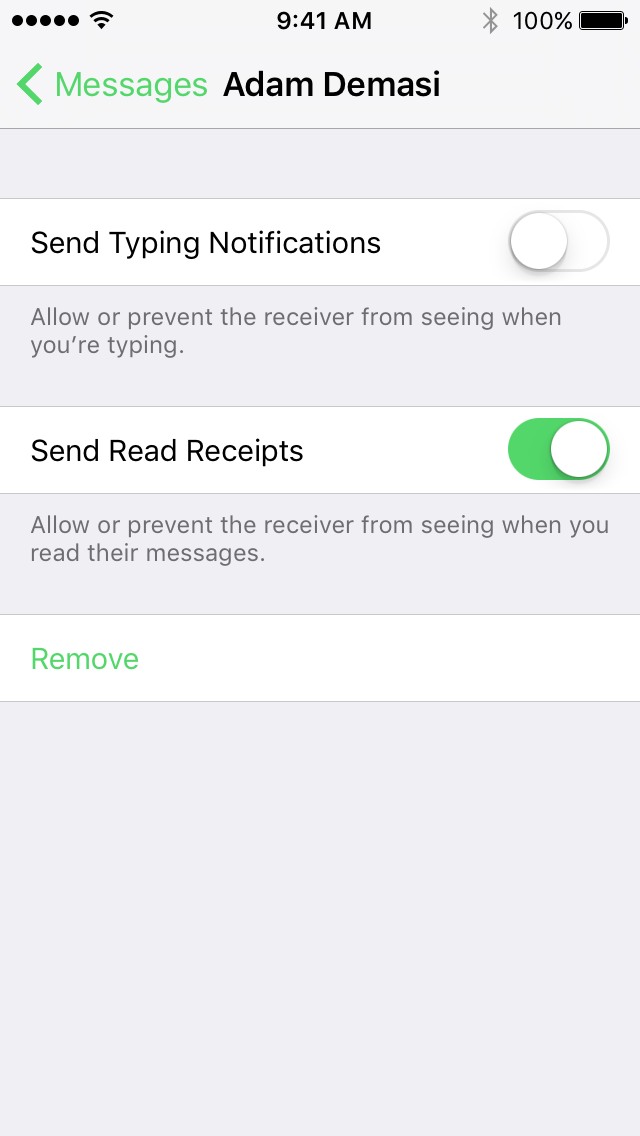
Agile PLM tests the routable object against all the matching criteria for all the workflows and determines which workflows match the routable object.Ī workflow can contain any number of statuses. An enabled workflow is visible and usable by Agile PLM client users.Įach workflow must be qualified by at least one matching criteria these are broad qualifiers that determine which workflow a routable object may follow. Here is some other basic information about Agile PLM workflows:Ī workflow consists of a unique name, one or more matching criteria, and a status list, or sequence of statuses. To modify this workflow's status properties or criteria-specific properties, begin by clicking the Status tab.įor information about changing workflows that are active (that is, are enabled and may have routable objects moving through them), see "Changing Active Workflows." The two Criteria Matching Type fields on the General Information tab should be left alone at this point.

With the General Information setup tab selected, in the field you want to edit, enter a new value or select from the drop-down list. Status: the Status table defines status properties, and the Criteria table defines criteria-specific properties. The Workflow: Default Change Orders window appears. The Workflows window appears.ĭouble-click the workflow you want to modify, for example, Default Change Orders. Under Workflow Settings, double-click Workflows. The following sequence applies to modifying a workflow in the Workflows node. With the appropriate privileges, a user can similarly transfer signoff authority for other users. If the approver or acknowledger does not respond within the specified period, the routable object is sent to that user's designated escalation person, who can approve, reject, or acknowledge the routable object.īy defining a workflow with multiple Review and Released statuses, routable objects can be sequentially routed to different lists of approvers, acknowledgers, and observers.Ī user can transfer authority to approve or acknowledge routable objects to another user for a specified period of time. For example, when an approver does not respond within the specified time period, a reminder email notification is triggered to be sent. You can preassign default approvers, acknowledgers, and observers.Įmail automatically notifies users of the creation and progress of a routable object. When all required fields are filled in for a released routable object, and when all the approvers and acknowledgers have signed off for a Review or Released status type, the routable object can be moved automatically-autopromoted-to the next status.Īpproval, rejection, and acknowledgment of the routable object occurs within defined permissions and other checks.

When users create a routable object, they select a workflow from the list of workflows that are available for that routable object. The changes that are available for a particular routable object are completely configurable. Workflows automate the change control process in a variety of ways:

(For a detailed description of a typical change control process, see the chapter about workflows in the Getting Started with Agile PLM Guide.) An Agile PLM workflow is an automated sequence of statuses that a routable object follows as it goes through a company's change control process. From this node, you can also define and create custom workflowsĪ workflow is an organized sequence of stages involving people's decisions: their creation, modification, review, and approval or rejection of a routable object. The Workflows node stores the default workflows that Agile PLM client users select to create and send routable objects for approval. 11.1 How Workflows Automate the Change Control Process


 0 kommentar(er)
0 kommentar(er)
